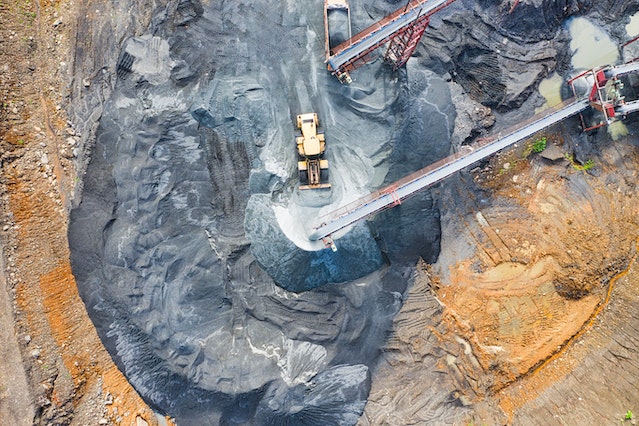The global mining industry has been a vital player in driving economic growth and technological advancements, with copper being one of its most sought-after commodities. However, the mining landscape is not without its challenges, and copper prices have seen fluctuations in recent times. As the market witnesses a decline in copper prices, smaller miners are feeling the pinch and are actively seeking opportunities to bolster their cash reserves. This article delves into the growing hunger for cash among smaller miners and how this situation is giving rise to a surge in mergers and acquisitions (M&A) in the industry.
The Current Copper Market Situation:
Copper, often hailed as “Doctor Copper” due to its predictive nature for economic health, has been facing its fair share of volatility in the market. The demand for copper is diverse, spanning industries such as construction, electronics, renewable energy, and transportation, making it highly sensitive to shifts in economic conditions. Consequently, changes in demand and supply dynamics have a significant impact on copper prices.
In recent months, copper prices have experienced a downward trend due to factors such as global economic uncertainties, geopolitical tensions, and trade fluctuations. While the long-term prospects for copper remain positive, smaller miners are finding themselves vulnerable to short-term market dynamics and are seeking ways to remain financially viable.
Smaller Miners’ Quest for Cash:
Unlike their larger counterparts, smaller mining companies often lack the financial resources to weather extended periods of price downturns. They face mounting pressures as operational costs persist while revenues dwindle due to falling copper prices. To stay afloat and maintain their mining activities, these companies are actively searching for capital injections to ensure continuity.
For smaller miners, access to cash is crucial not only for maintaining existing operations but also for investing in exploration, technology upgrades, and sustainability initiatives. With banks and investors showing caution in funding mining ventures during price downturns, alternative solutions are gaining prominence.
The Emergence of Mergers and Acquisitions:
As copper prices fall and smaller miners seek financial relief, mergers and acquisitions have become a strategic pathway to survival. M&A activity in the mining industry often takes place during periods of economic uncertainty, enabling companies to pool resources, achieve economies of scale, and enhance overall competitiveness.
For cash-strapped smaller miners, merging with or being acquired by a larger, financially stable mining company can provide a lifeline to sustain their operations. Such transactions offer opportunities to access new markets, leverage technological advancements, and streamline operational efficiencies.
Additionally, M&A deals can lead to synergy effects, enabling cost savings and optimized resource allocation. Through these strategic partnerships, the combined entity may be better positioned to withstand market fluctuations and capitalize on potential future copper price upswings.
Conclusion:
The copper mining industry is navigating through challenging times as copper prices experience volatility. Smaller miners, in particular, face significant pressure to secure cash flow and sustain their operations amidst falling prices. The hunger for cash has given rise to a surge in mergers and acquisitions, with companies seeking to leverage synergies and achieve financial stability.
As the mining landscape evolves, M&A strategies may prove to be a viable lifeline for smaller miners, enabling them to weather economic uncertainties and emerge stronger in the long run. With the mining industry’s inherent resilience, the outlook remains optimistic, and collaborative efforts through mergers and acquisitions may open doors to newfound growth opportunities.












